POSHAN Maah Special: Things To Know Before Incorporating Millets In Your Diet
Millets - known as the superfood is a crop that is climate-resilient, easy to grow and is packed with the goodness of protein, fiber, key vitamins, and minerals. It is also known as the ancient native crop of India and is also one of the oldest cultivated grains in the world.
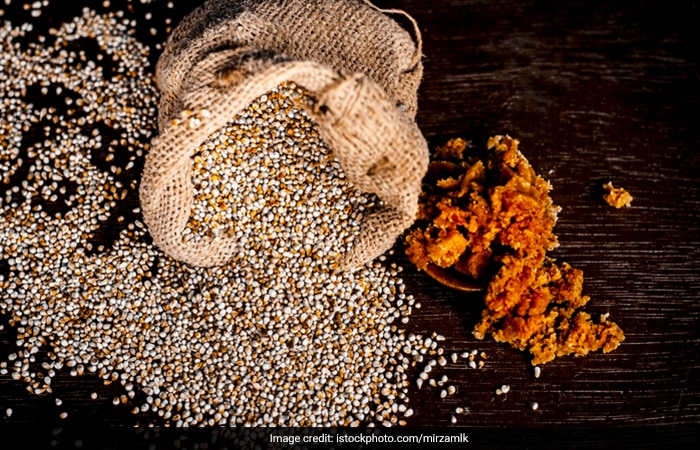
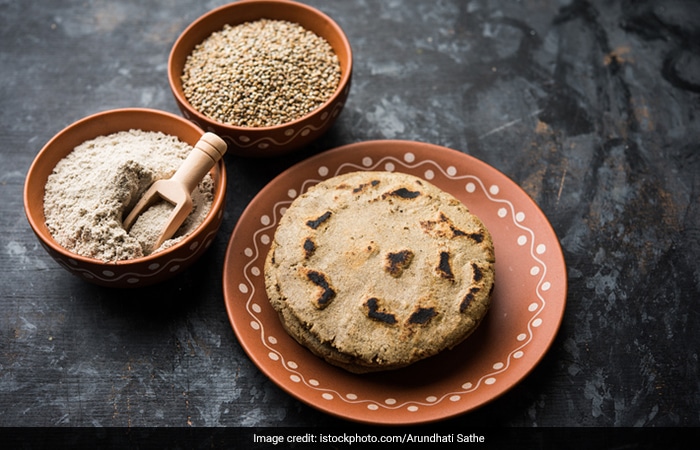
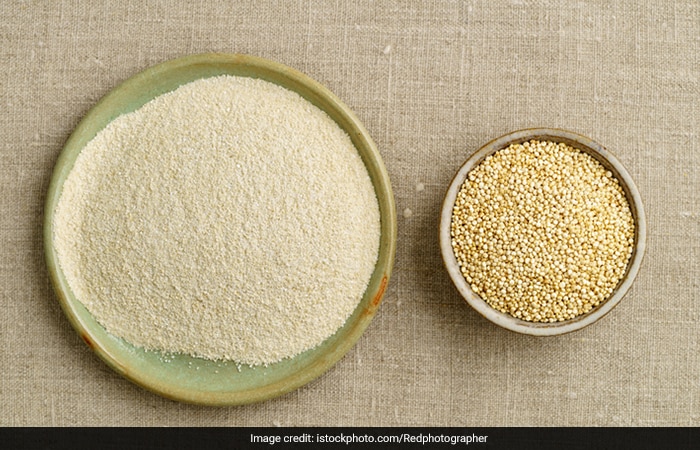
Explaining the many benefits of incorporating Millets in your diet, Rupali Datta, Registered Dietician and Founder of Diet Decisions said, 'Millets have high fibre content which helps control diabetes; they are high in protein as compared to the traditional grains; rich in minerals like iron; a good source of B vitamins; they are gluten-free.'

Highlighting the dos and don'ts of incorporating Millets in your diet, Munmun Ganeriwal, Nutritionist, Gut microbiome Specialist and Best-selling Author said that Millets should be consumed as per the weather conditions for example Jowar is a neutral millet which means you can have it throughout the year. Ragi, Foxtail Millet, Bajra and Barnyard Millet are heating millets which means they should ideally be consumed during the winter season. On the other hand, Little Millet and Proso Millet have cooling properties and can be eaten during the summer season.
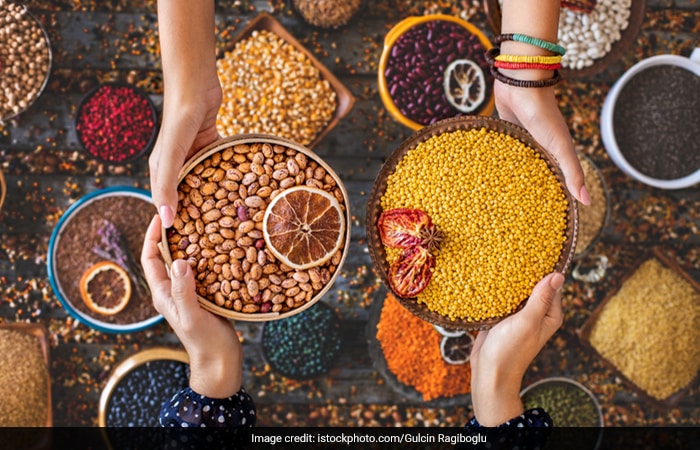
Ms Ganeriwal further mentions that the key is to remember which millet to have when - based on its properties. She recommends avoiding multi-millet mix. She adds, 'Since millets are good for health, we believe that the more the merrier, but it doesn't work like that. You can mix two types of millet - one could be a heating millet and another cooling millet. But don't mix more than two and also of the same type as each millet has different properties.'
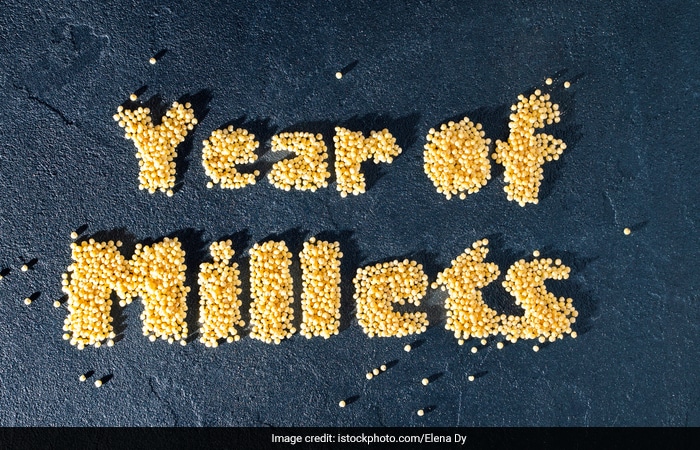
To bring back millets and create domestic, global demand and to provide nutritional food to the people, the Government of India decided to mark the National Year of Millets in 2018. In 2021, India had proposed to United Nations for declaring 2023 as the International Year of Millets (IYOM). The proposal of India got support from 72 countries and United Nation's General Assembly (UNGA) declared 2023 as International Year of Millets. Now, Government of India has decided to celebrate 2023 as the International Year of Millets, to make it a peoples' movement so that Indian millet, recipes, value added products are accepted globally.















